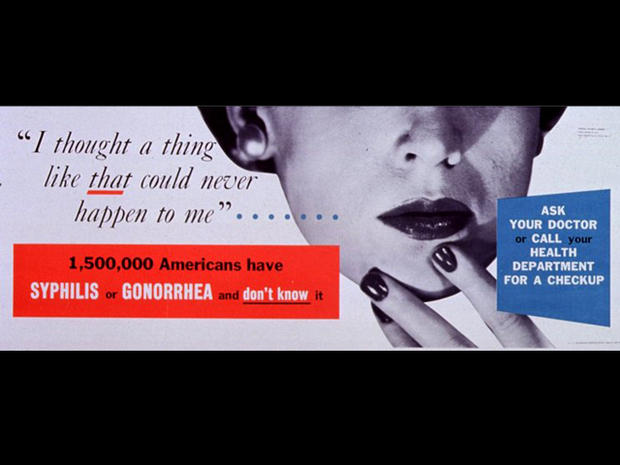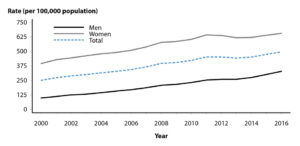As per the CDC, in 2016, a total of 1,598,354 chlamydial infections were reported to CDC in 50 states and the District of Columbia. This case count corresponds to a rate of 497.3 cases per 100,000 people. From 2000–2016, the rate of reported chlamydial infection increased from 251.4 to 497.3 cases per 100,000 people.
Increasing Chlamydia in Metros
The rate of reported cases of chlamydia in the 50 most populous metropolitan statistical areas (MSAs) increased 6.2% during 2015–2016 to on an average 5 per thousand individuals. During 2015–2016, the rate of reported cases of chlamydia increased 3.9% among women (639.8 to 664.5 cases per 100,000 females) and 10.9% among men (331.8 to 368.0 cases per 100,000 males).
Increasing Chlamydia in NYC
Recent preliminary data from our own Women’s health centers, in NYC and the surrounding boroughs indicates Chlamydia rates of 12.5 per thousand women in contrast to the national averages of 5 per thousand people. These are still preliminary but serve as a clear warning sign that early screening, diagnosis and treatment is essential.
Treating Chlamydia
Chlamydia can be easily cured with antibiotics. Persons with chlamydia should abstain from sexual activity for 7 days after single dose antibiotics or until completion of a 7-day course of antibiotics, to prevent spreading the infection to partners. It is important to take all of the medication prescribed to cure chlamydia. Medication for chlamydia should not be shared with anyone. Although medication will stop the infection, it will not repair any permanent damage done by the disease. Sex partners need evaluation, testing, and presumptive treatment if they had sexual contact with the partner during the 60 days preceding the patient’s onset of symptoms or chlamydia diagnosis.
Testing and Insurance Coverage
The diagnosis of Chlamydia is easy. All you need is a vaginal swab or a urine test. It can even be tested through a routine pap. Insurances may or may not cover this testing as a part of your routine “annual” visit. However, as you can see, “You may have it and not even know it”!!!
Stay tuned
Dr. Adeeti Gupta


